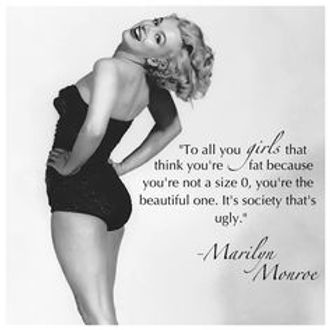
BRANDING
An Application of Unilever Brand Key Model - The Case of DOVE Product.
MBA Participants at Solvay Brussels School,
Ho Chi Minh, Vietnam
Kay De Vreese
Giang Nguyen
Thieu Nguyen
Tuan Nguyen
What is Competitive Frame ?
Competitive Frame of Reference is a fancy way of describing the market or context in which you choose to position your brand. The process of marketing a new product or service begins when you create a frame of reference. You need a frame of reference so your potential clients can compare your product with other products that offer similar benefits. The frame of reference can incorporate products that are similar or dissimilar to your new product. Choosing a competitive frame of reference bases on the most powerful motivators for the target customers can lead to a previously undefined category in which your brand has few, if any competitors. That category definition helps your brand own the benefit more quickly before any other brand is able to claim it. Being able to redefine the category requires out-of-the box thinking.
Dove's Competitive Frame of Reference
In Fast Moving Consumer Goods, Unilever and P&G have always been the market leaders. They have some similar points in the growing process. They both are Corporate Companies: Unilever, is the combination of Company (Margarine Union Limited) in Dutch, is launched in 1930; and Brother in British. P&G, is the combination of and Company in U.S, is launched in 1837. Also, they both entered Vietnam market at the same year 1995.
Unilever and P&G are direct competitors in the international market. There are some examples: Washing Powder Tide (P&G) versus Omo (Unilever), Fabric Softener Downy (P&G) vs. Comfort (Unilever),Soaps Safeguard (P&G) vs. Lifebuoys (Unilever),Shampoo Head & Shoulders (P&G) vs. Clear (Unilever), Rejoice (P&G) vs. Sunsilk (Unilever),Pantene (P&G) vs. Dove (Unilever),Cream Olay Total Effects+ (P&G) vs. Pond (Pond’s Early Defense - Unilever),Hair Dye Wella (P&G) vs. Sunsilk Color (Unilever)...
In popularity comparison, in U.S and Europe market, P&G is more popular than Unilever. However, especially in Vietnam, Unilever has been more dominating than P&G because the Marketing Strategy is stronger, more diverse and more creative. For example, A White Shirt Shines The Future (Viso), OMO Tết, Dirty is good (OMO), Cloth Wedding (Comfort), A Real Beauty (Dove) are the successful campaigns which have been run in Vietnam.
Unilever is a mother company of Dove. Dove is one of the world’s most recognizable and successful brands in the field of personal hygiene. It is strongly based on Body Bar, Body Wash and Hair Care. In Body Bar and Body Wash, LUX, Lifebouys, Nivea, Olay and Camay is Dove's competitor. In Hair Care, Herbal Essense, Pantene, Sunsilk, Rejoice and Treseme is Dove's competitor.


Dove's Strategy in Competitive Frame of Reference
( www.unilever.com )
Dove’s mission: Dove is committed to helping all women realize their personal beauty potential by creating products that deliver real care. Dove believes that beauty should be for everyone, because when you look and feel your best, you feel happier. “Dove's Social Mission is to ensure that the next generation grows up enjoying a positive relationship with the way they look and to help them reach their full potential in life.”
Dove’s vision: Dove continues increasing women’s description of beauty. Women in all ages, body shapes and all sizes realize that beauty is not only related to their look, the real beauty presents within them.

Dove was founded in 1957 by launching personal cleansing bar and was currently under Unilever’s control since they acquired it. In that time, when soap was simple and known to dry out the skin, Dove was introduced as a more gentle one that was actually not soap but a product of c areful research. By the 1970s, Dove’s popularity as a gentle beauty bar had grown. It was marketed as a skincare bar that contained 25% cleansing cream. By 1980, the company launched body washes, shampoos and other beauty products. Dove’s unique marketing strategy focused on revealing the natural beauty in every woman instead of using celebrities and models. They focused on how everyday women have a difference look or body shape and they were successful to increase customer awareness and sales. Dove celebrated curvy women and older women when most brands focused on the importance of product. Dove had a key message to bring to every woman feeling good about herself.

Recently, Dove continues evolving to keep up with the changing world. Dove product uses picture of women who are not tall, blonde or thin. It really makes the majority of women are interested. The company also uses social media for feedback and shares innovative ideas. The video Dove Real Beauty Sketches is one of the most successful ads with over 55 million views on YouTube.
